The developer says 25 person-years of work was needed to bring Parallels to Big Sur, but won't comment on whether it will support Windows on Apple Silicon.
Parallels is the virtualization app that lets users run alternative operating systems alongside Apple's macOS, and in practice, that typically means Windows. Now as Apple confirms that Boot Camp will not continue under Apple Silicon, the question has been whether Parallels will be how Windows users can continue to use Macs.
During a video briefing with AppleInsider, the developers acknowledged the question, but refused to specifically comment yet. They instead pointed out that Apple had demonstrated the use of their Parallels product during the unveiling of Apple Silicon and macOS Big Sur.
That demonstration showed Parallels running Linux on macOS Big Sur on an Apple Silicon machine. It didn't show Windows, but the Parallels developers have now revealed they've put unprecedented effort into working on Apple Silicon.
The company says making Parallels work with macOS Big Sur required the equivalent of 25 person-years of effort. While Apple Silicon may be one unstated reason for that workload, it was Apple's reworking of core features that required adaptation.
Parallels gave the single example of kernel extensions, a way that to now has given virtualization software improved performance. These third-party "kexts" are no longer supported in Big Sur at all, and Parallels said that it was adapting to Apple's own kexts that required all the effort.
For users, what this first means is that Parallels Desktop 16 for Mac is ready for macOS Big Sur. Then the benefits of the new version and the new macOS mean that Parallels estimates it is able to run more Windows apps.
Certain Windows apps would previously fail because they required hardware that Parallels wasn't able to mimic. Many of these will now work, with Parallels saying its new version can run over 200,000 Windows apps.
Parallels Desktop 16 for Mac also claims to run those apps faster than before, with Windows launching twice as fast, and resuming or shutting down up to 20% quicker. It also improves on the previously significant issue that virtual Windows could request extra disk space, but not then return it when shut down.
Parallels Desktop 16 is being sold in three different editions, starting with a standard version, which is a one-time $99.99 purchase. Pro and Business Editions are available on subscription, both for $99.99 per year. Upgrading pricing is also available.
 William Gallagher
William Gallagher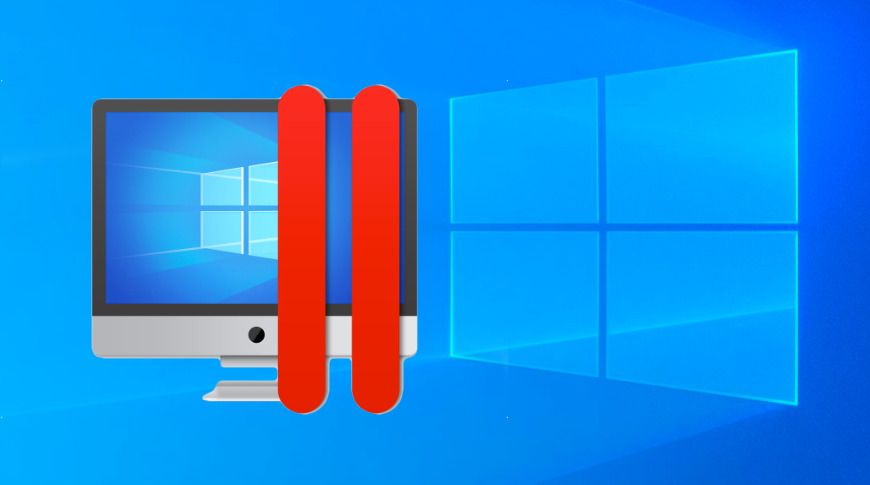

-m.jpg)






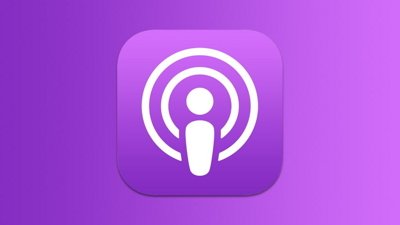
 Amber Neely
Amber Neely
 Oliver Haslam
Oliver Haslam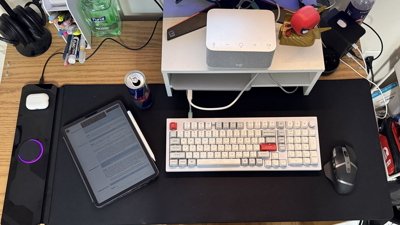
 Thomas Sibilly
Thomas Sibilly
 Marko Zivkovic
Marko Zivkovic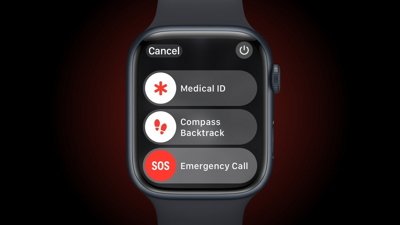
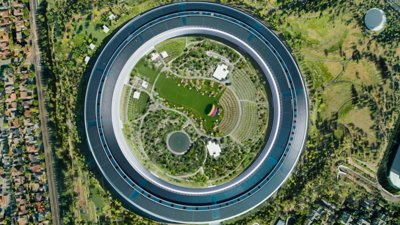
 Wesley Hilliard
Wesley Hilliard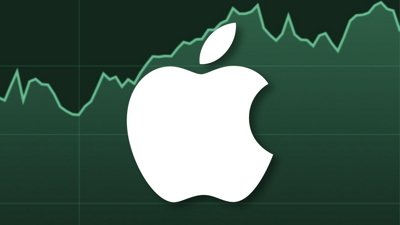
 Malcolm Owen
Malcolm Owen
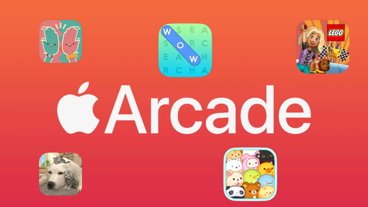
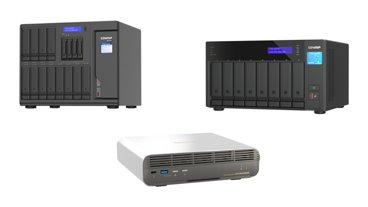
-m.jpg)






25 Comments
Windows on Apple Silicon would require the involvement of X86 "AMD64" emulation. Then the virtual machine kicks in. This will leads to a massive price jump.
But everyone here keeps saying the transition is just a simple tickbox! 🙄 It is in the most basic of circumstances but not always.
If developers can make Windows run on a Pi4, I’m sure Parallels can do it as well. The question is if x86 app’s on W10 arm on an ARM instruction set are going to be sufficient performant, it’s been shown they run significantly slower. This of course can be compensated by faster Silicon. I’m sure developers of Parallels already have this on their def kit, but that would not be representative for performance and would also brake their NDA.